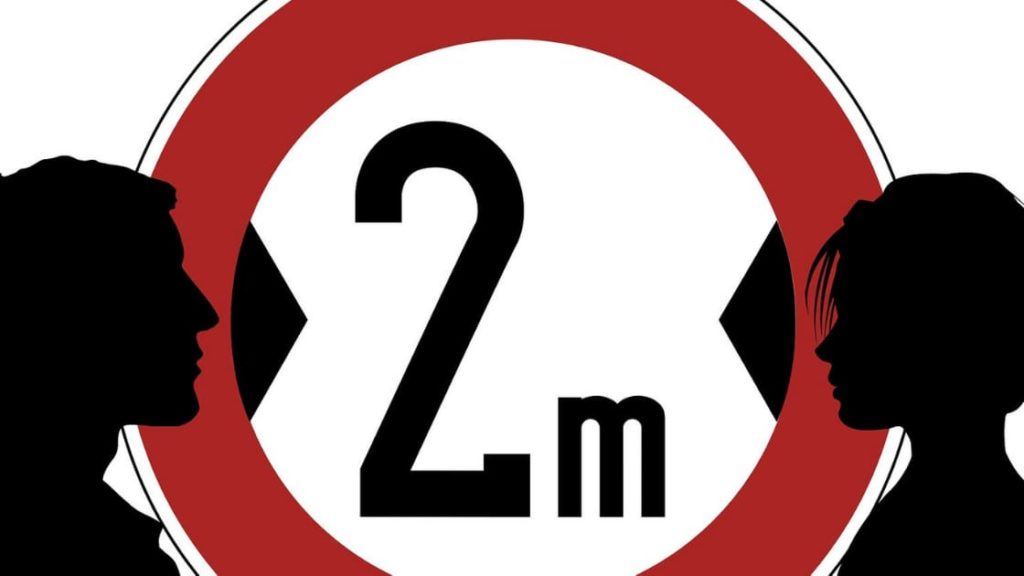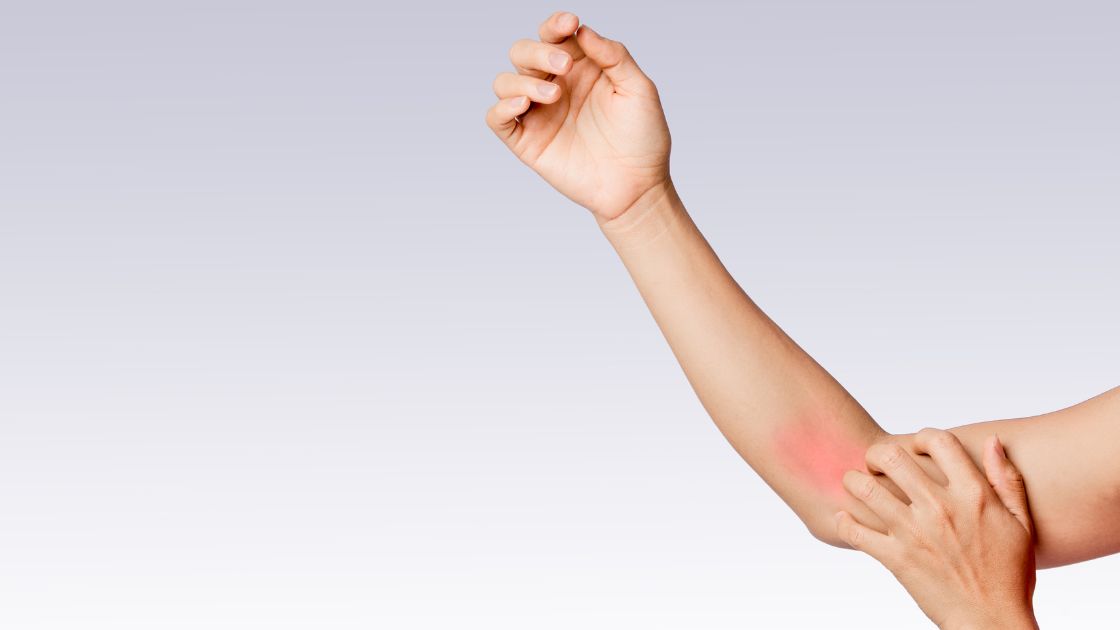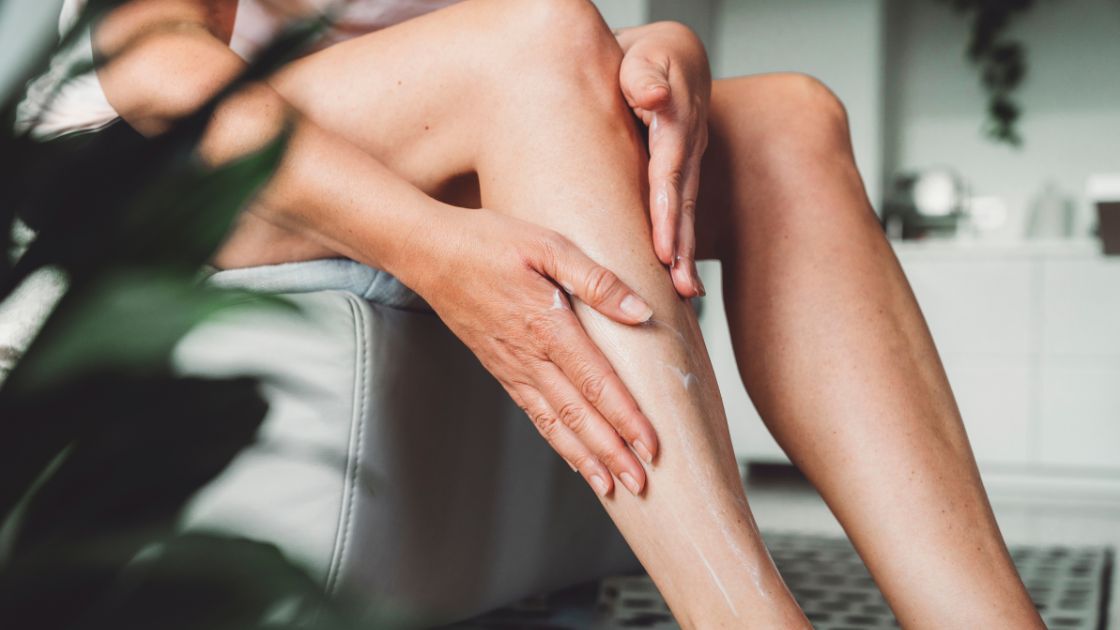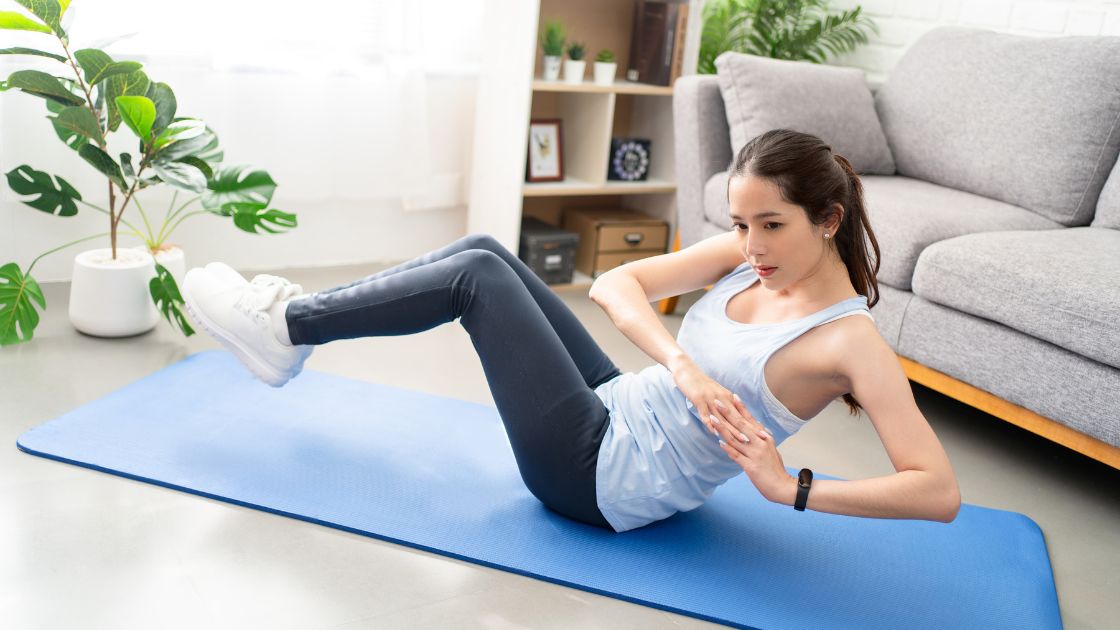Pandemic 101: Keeping Your Distance

Until recently, we’ve all been encouraged to spend more time outside and less time on our electronic devices. Now we’re having a pandemic and are encouraged to do the opposite. How hard can that be? We’ve got Netflix, we’ve got phones on which we can watch Netflix, and we’ve got delivery drivers willing to leave food at our doors and run away before we’re within six feet of them.
It seems, though, that it is hard. At least it is for the people crowding the beaches. And I’m not just talking about Florida, where the kids aren’t letting some virus crash their party — though they really have no control of this, as coronavirus doesn’t care if it’s unwanted at the party. It’s coming.
But no. I’m talking about the beach I tried to see last weekend (I recently moved to California, miss you Colorado!). Anyway, there are signs plastered everywhere in California about keeping a safe distance from others. And I mean, everywhere. You can’t miss them.
Yet on Sunday, when I set foot on the steps leading down to the beach… I saw a sweaty man lifting weights right in the center of the narrow stairway. To make matters worse, he was grunting right in front of a “KEEP YOUR DISTANCE” sign. Was he oblivious, or a total jerk? I don’t know, but I had two choices: squeeze my way around this beefcake — putting myself at risk for illness — or just turn around. Shrugging, I turned around and walked to a different stairway… only to be met by another beefcake doing the exact same thing as the previous one.
Today, the beaches are closed because people weren’t complying with the “Six-Foot-Distance-Rule”. Thanks beefcakes.
This is happening a lot. In parks, on hiking trails… all the places we should enjoy when there isn’t a pandemic eating the earth. My hope is that most people just aren’t aware of the seriousness. A few weeks ago, I’ll admit I wasn’t taking it too seriously. I didn’t think we’d be on lockdown over here. Nor did I think I’d be out of work — big surprise, nobody wants to hire a massage therapist right now. And I didn’t think all the kids would be home from school.
But it’s not a few weeks ago anymore. If you’ve recently broken the “Six-Foot-Distance-Rule” (the rule that instructs you to stay at least six-feet away from everyone who doesn’t live in your house), please stop breaking it! We can’t use excuses like “But I’m too young and healthy to be affected”, or “I’m never around the elderly”, or “I don’t work in a hospital” during a global pandemic.
Let’s dissect each one of those excuses during this global pandemic
Warning: this coronavirus pandemic blog is a tad bit smug.
I’m too young and healthy to be affected…
Actually, you aren’t. While it’s true that the elderly are more at risk for complications and death, coronavirus doesn’t just skip over the young and healthy. This is a global pandemic. People of all ages can catch the illness, and people of all ages can present symptoms. Yes, some carriers are asymptomatic — but don’t assume that will be the case if you’re youthful and strong. Plenty of invincible partiers have already landed in intensive care.
The symptoms (if present) can range from mild to severe. Flu-like symptoms such as fever, cough and shortness of breath may appear 2-14 days after exposures. More serious symptoms can also occur, and require emergency medical care. Confusion, difficulty breathing, bluish complexion, and chest pain can indicate serious complications. Saying you’re too young to be affected by coronavirus is like saying “I’m fine with experiencing flu-like symptoms, trouble breathing, confusion, and chest pain because at least I won’t die from it.” Apologies for writing something so flippant before writing something tragic, but a Los Angeles teenager passed away from the illness just yesterday. This is the US’s first coronavirus casualty under age 18. So not only is the assertion of invincibility stupid, it’s false.
As of this writing, New York has 25,665 confirmed cases of coronavirus. And 53% of those cases have been among those aged 18-49. And 20% of the US’s cases are among that same age range. You read both of those statistics correctly.
To be blunt: don’t be an idiot and throw a Coronavirus Party in Kentucky. At least one partygoer, a 20-something-year old, now has coronavirus. Check out that story if you have a high tolerance for stupidity.
Now let’s get to the next excuse.
I’m never around the elderly…
Well, that’s too bad for you. Grandmoms and Granddads are the best kinds of people.
And guess what? You might not hang around the elderly, but other people do. So if you’re ignoring the “Six-Foot-Distance-Rule” (which is now called the “Ten-Foot-Distance-Rule”, my husband tells me as he hears me reading my work out loud), you’re likely standing too close to someone who hangs around the elderly. What if you’re carrying the illness, and now you’ve spread it to a stranger who lives with their ninety-year-old dad?
So, the first excuse was a stupid one. This excuse is a callous one. Avoid the elderly all you want, but many others aren’t doing the same. If you high-five someone just to thumb your nose at a virus, you’re putting someone’s loved ones at risk. You might think you’re doing your part by distancing from seniors, but that’s not enough. When the twenty-somethings went home after the party in Kentucky, there’s a chance at least one of them will come in contact with an older person — or, come in contact with someone who will come in contact with an older person. Think of others.
I don’t work in a hospital…
Well, the reasoning for this excuse’s absurdity is similar to the one about the elderly. You might not be regularly within the walls of a hospital (yet), but others who you contact possibly do. And not only are they some of the only professionals that are able to work outside home, they’re the very workers we need most right now.
Putting one healthcare worker at risk puts thousands of patients at risk. My good friend, who happens to be a surgeon, has high-risk patients needing emergency surgery who aren’t getting tested for coronavirus. It’s nearly impossible to get tested, it seems. Can you imagine being on an operating table, about to be cut open, and not knowing if you have a deadly virus? It’s probably just as scary for a patient who knows they have it, too. There have been cases where surgeries have taken place, and the end result is everybody in the room contracting the illness.
Healthcare workers see multiple patients a day. Needless to say, a sick doctor can infect multiple people a day — people who are already living with other complications. Sure, you might not work in a healthcare environment; but the person who will provide your care does. In Europe, thousands of doctors and nurses are unable to work due to illness, meaning thousands of people can’t receive life-saving treatment. Resources and medical equipment are running scarce in the US, causing doctors to turn away patients no matter how many symptoms are present.
What Should You Do
- Stay as far away from others as is possible.
- The six-foot-rule is becoming the ten-foot-rule. Before long, it will be the 20-foot-rule.
- Stay home unless you have an emergency.
- A few days ago, it was seemingly safe to go outside with a mask and stay far from others. But because some weren’t honoring the instruction, it feels unsafe to leave the house at all. Limit your outings to essential outings.
- Wear a mask and gloves if possible.
- These items are hard to come by now, so it’s understandable if you don’t have them. If you don’t have them, try to be creative and make your own. A scarf around the mouth or cold weather gloves can suffice. I wore socks on my hands while filling my gas tank the other day.
- Avoid glass, metal or plastic objects when outside.
- The virus can live on these types of surfaces for days.
- Wash your hands immediately after every outing.
- Shower immediately, if possible.
- Do this especially if you touched one of the surfaces mentioned above.
- Don’t touch your face until you’ve washed your hands.
- Wash your clothes immediately when you get home.
Be safe everyone.
Written by: Katrina Jenkins, LMT
Photo Credit: Gerd Altmann from Pixabay
Resources:
https://www.cdc.gov/coronavirus/2019-ncov/symptoms-testing/symptoms.html
https://www.latimes.com/california/story/2020-03-24/los-angeles-young-person-coronavirus-death
https://www.nytimes.com/2020/03/24/world/europe/coronavirus-europe-covid-19.html





